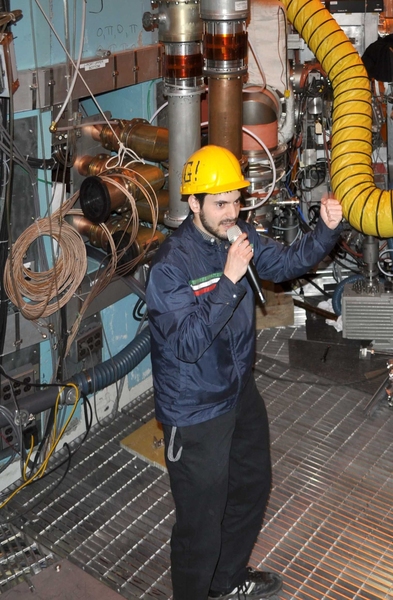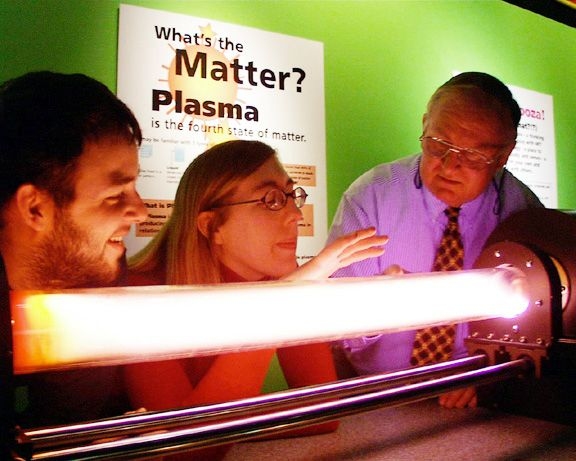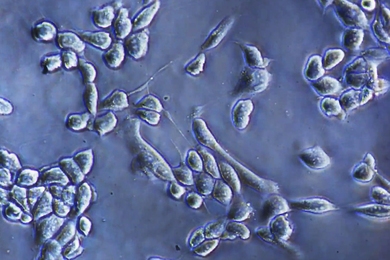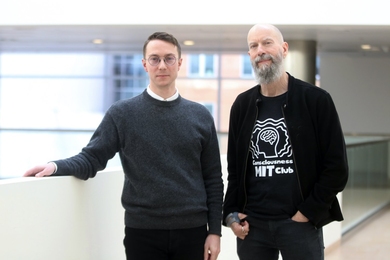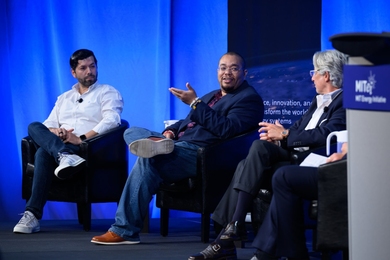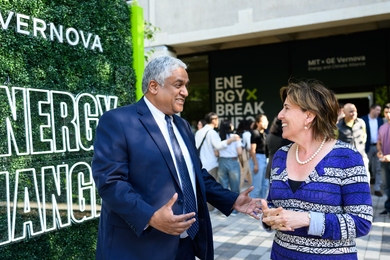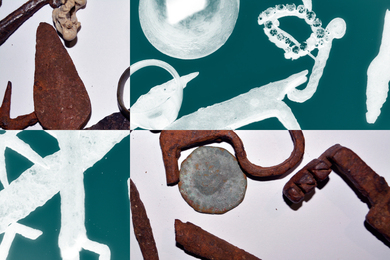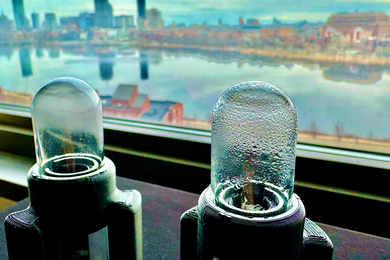On April 29, after the 21st annual Middle School Outreach Day at the Plasma Science and Fusion Center (PSFC) had concluded, students still lingered, some playing with electromagnets, others testing their eyeglasses for UV protection or hovering around a pungent pickle that had recently glowed with plasma.
Since 1990, the PSFC has been inviting middle-school teachers from around Massachusetts to select two or three of their students for a special day of hands-on plasma science and laboratory tours. Many teachers return yearly, selecting only a few — and painstakingly not all — of their students to come with them. A corresponding day for high schools occurs every December.
Students and teachers began the day participating in plasma experiments led by Paul Thomas, who visited local schools for two decades as the popular “Mr. Magnet.” Then, hosted by PSFC graduate students and staff, groups toured the Alcator C-Mod tokamak to learn about fusion research at MIT, and stopped by the Versatile Toroidal Facility to learn about solar flares and the process of magnetic reconnection. The visitors played a video game that simulates the interior of the Alcator C-Mod tokamak, and enjoyed a demonstration of superconductivity, before returning to Mr. Magnet's final experiments and the much-anticipated plasma pickle.
Teacher Michael Gerrard, from Seton Academy for Girls, explained why he returns year after year. “I really like the fact that our students get to experience a first-rate scientific institution that is doing extremely important work at the cutting edge. They see your students, not much older than themselves, engrossed in important work ... They also come into contact with the academic staff who are working in this field and find them not only very knowledgeable, but also extremely accessible ... It is interesting to see our students' horizons expand and their life-goals rise. I think that it also helps them appreciate the relevance of the work that we do at school.”
Regarding Mr. Magnet and his roomful of experiments, Gerrard concluded, “I think that he knows that he has the best job in the world, and the science teachers in the room envy him!”
Since 1990, the PSFC has been inviting middle-school teachers from around Massachusetts to select two or three of their students for a special day of hands-on plasma science and laboratory tours. Many teachers return yearly, selecting only a few — and painstakingly not all — of their students to come with them. A corresponding day for high schools occurs every December.
Students and teachers began the day participating in plasma experiments led by Paul Thomas, who visited local schools for two decades as the popular “Mr. Magnet.” Then, hosted by PSFC graduate students and staff, groups toured the Alcator C-Mod tokamak to learn about fusion research at MIT, and stopped by the Versatile Toroidal Facility to learn about solar flares and the process of magnetic reconnection. The visitors played a video game that simulates the interior of the Alcator C-Mod tokamak, and enjoyed a demonstration of superconductivity, before returning to Mr. Magnet's final experiments and the much-anticipated plasma pickle.
Teacher Michael Gerrard, from Seton Academy for Girls, explained why he returns year after year. “I really like the fact that our students get to experience a first-rate scientific institution that is doing extremely important work at the cutting edge. They see your students, not much older than themselves, engrossed in important work ... They also come into contact with the academic staff who are working in this field and find them not only very knowledgeable, but also extremely accessible ... It is interesting to see our students' horizons expand and their life-goals rise. I think that it also helps them appreciate the relevance of the work that we do at school.”
Regarding Mr. Magnet and his roomful of experiments, Gerrard concluded, “I think that he knows that he has the best job in the world, and the science teachers in the room envy him!”
